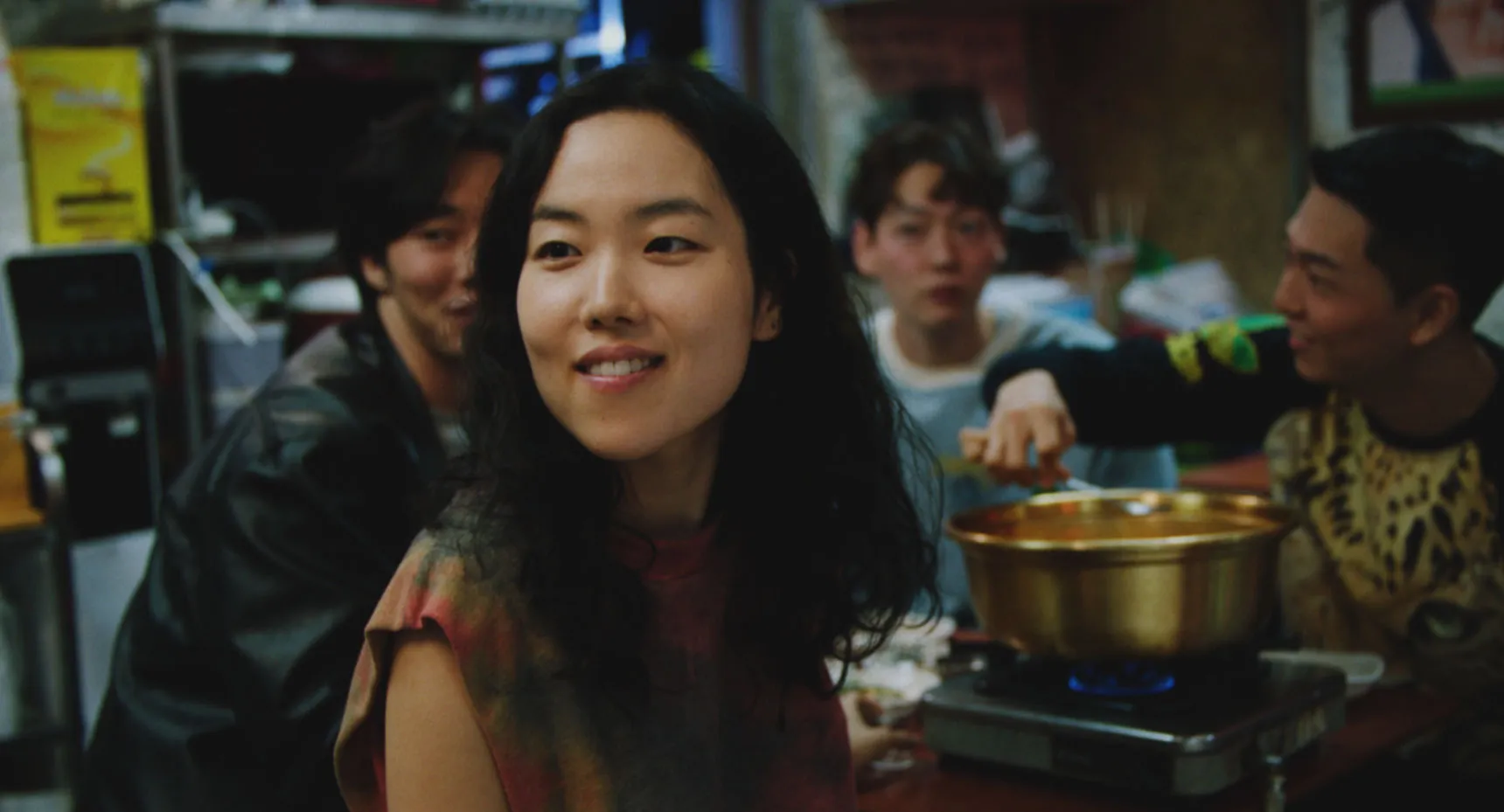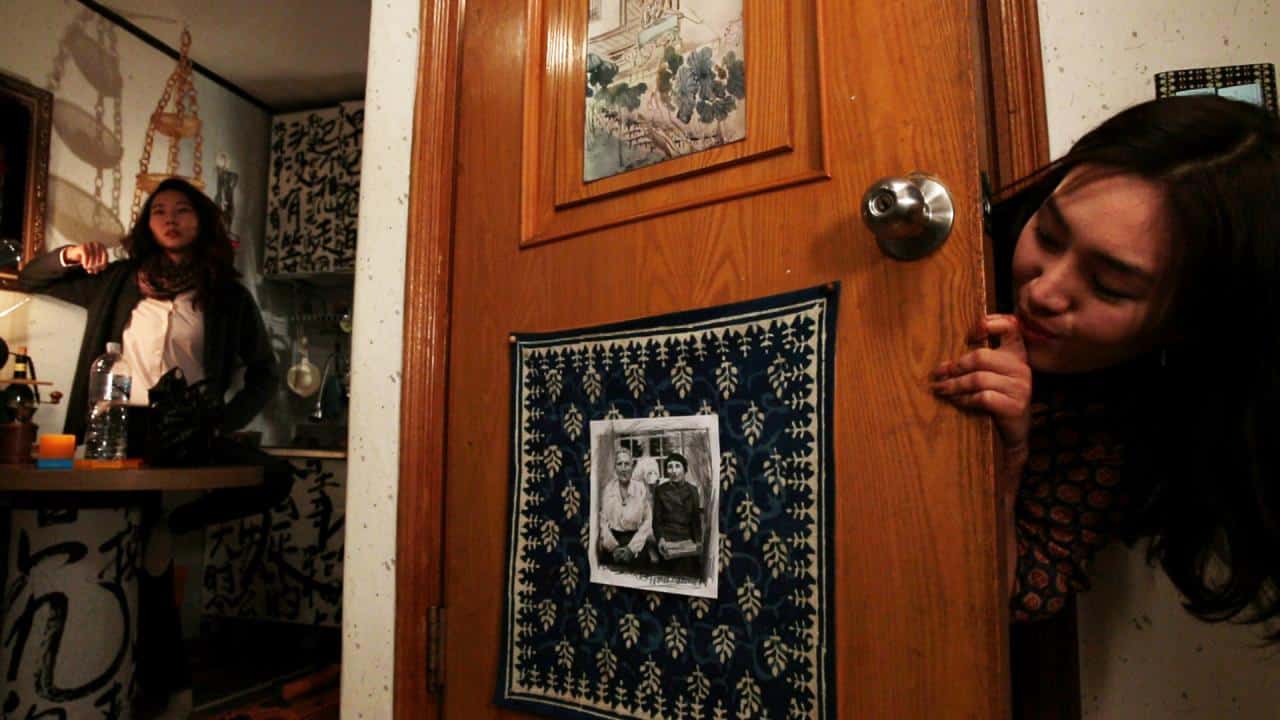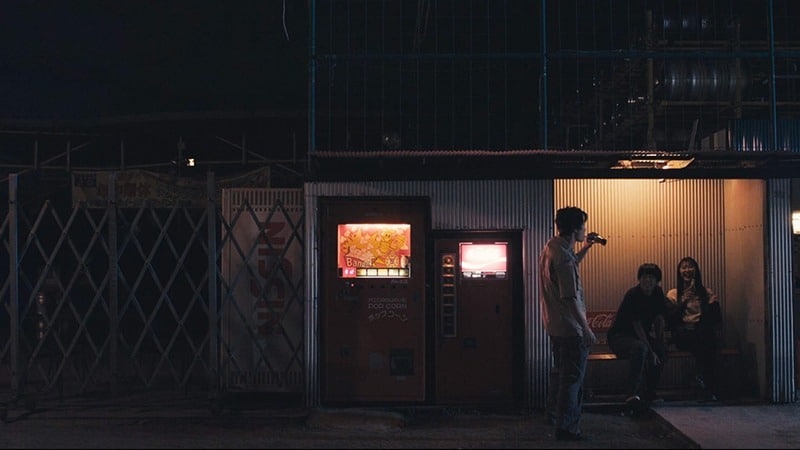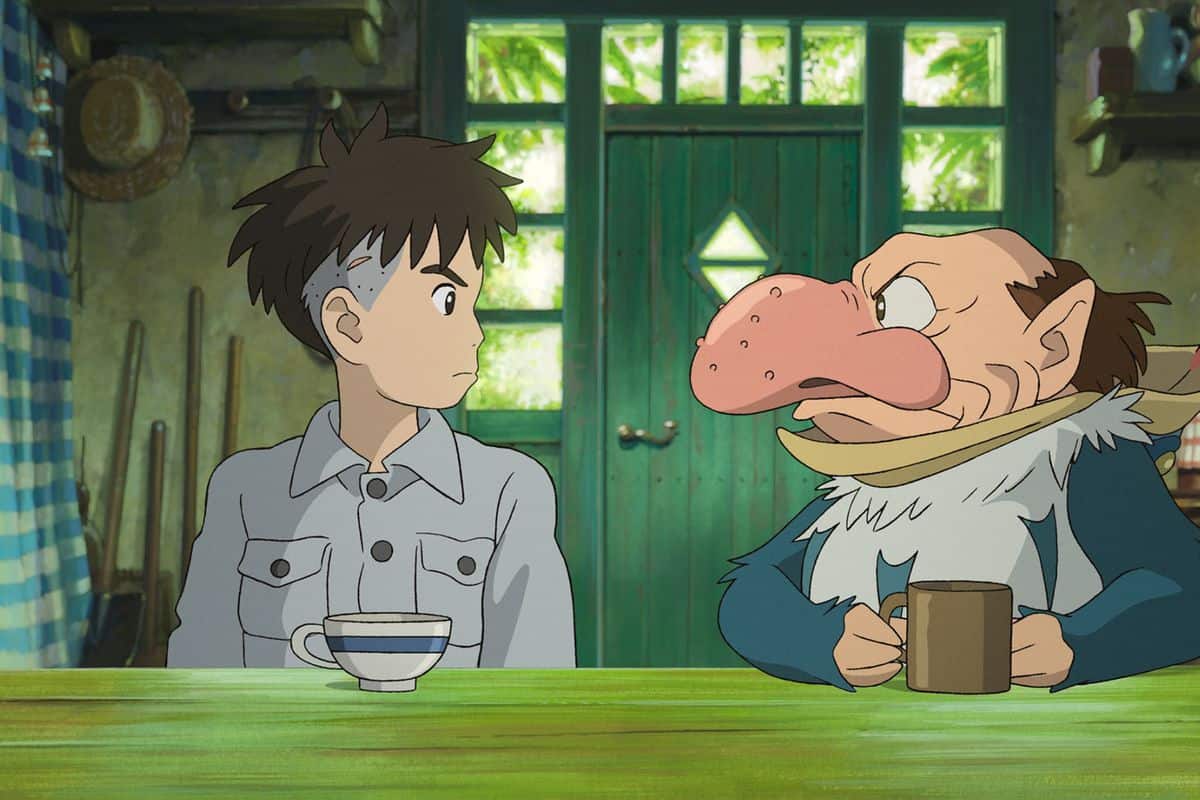As I was standing outside Star theatre in a queue, I noticed a man wearing white kurta and light cream coloured shirt, he was in his fading 50's smoking a cigarette and having his tea. Cars, buses were hustling outside on the streets casting different lights on that man. But he did not care. He was completely glued to his thoughts maybe his dead dreams came back to him. With an unbridled beard and a tired face, he was looking at the sky, he was as fatigued as this city; never really running but swanning and promenading.
My queue moved a bit as the bell rang. I took this impression into the hall imprinted on my mind like all those tiny little things in life that never really mattered. I never bother for these impressions as they come and go like a dust storm in a quilt in a chilly winter day. Little did I know at that moment, that my experience of ‘Kedara' (Armchair) would follow that impression only in a different manifestation.
‘Kedara' by Indraadip Dasgupta gyrates around Narasingha who is a brilliant ventriloquist but currently out of job. This film is a water tank wherein his lonely, absorbing moments are layered in the water. From the very first shot, the director is focused on this particular man, we can see how the camera descends from the sky and takes us to the mid close up of Narasingha.
Narasingha lives a sad, grey and lonely life. He fills the absence of family members by making their voices; specially he does this with his grandmother's voice whom he misses the most. A lonely ventriloquist is a sad thing because his life rotates around other voices and if there is no ‘other' then, well, you can imagine. Narasingha's yearning for affection and love is dotingly portrayed here, his loneliness is refracted, through every character he interacts with, be it his housemaid Menoka (Moushumi Sanyal), his scrap seller neighbour Kesto (Rudranil Ghosh) or his separated wife (Bidipta Chakrabarty). His social interactions are limited and yet they haunt him.
Writer Srijato Bandopadhyay and director Indraadip Dasgupta have sketched Narasingha aptly, every little detail adds to his persona. His love for old Hemanta songs, his friendship with Kesto who deals in memories made of wood, tin and iron, his room and the artefacts that are there tell us how nostalgic he is. The flashback scenes are also something which adds on to this. There is a constant nourishment to the cherishing of memories yet this film is about a man who is stuck in his present; he can neither open his window for the past nor for the future.
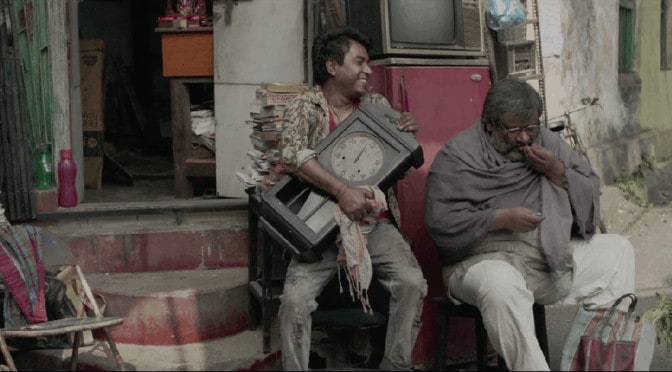
The turning point in this plot arrives when Kesto presents him a Kedara (Royal armchair) from a zamindar bari (Royal house). This chair infuses a royalty that has been hitherto unexplored inside Narasingha. It changes his persona into a stout man with attitude. His changed attitude and demeanour show that inside every man resides a failed man somewhere. He tells us how everyone is a failure at some point or the other. It is noteworthy to mention that at this point, we see him endowed with direct sunlight for the very first time.
Narasingha's changed demeanour pushes him towards an argument with the local goons who demand a part of his property. He disrespects the MLA who belongs to the state and gets his house vandalized. He could not take this much and meet with a shocking ending, which the director only suggests to us. ‘Do not wield an axe, when a doctor's scalpel would suffice'-approach to storytelling works really well in ‘Kedara'.
Kaushik Ganguly plays Narasingha in an unparalleled way, he vanishes behind the muscles, bones and vessels of a tired, lonely man effortlessly. He twitches his facial muscles in disgust, he adjusts his eye muscles in scathing remarks of sarcasm, he makes his eyes bigger in rage. He moves in his room as if he owns the mise en scene. His performance is emphasized by the constant scaling of shots.
Cinematographer Subhankar Bhar has worked beyond his existing oeuvre and set up a new standard. His use of a constant tube light in the room provides us with a depressing mood. He changes the light intensity with the character intensity.
This film flexes the form and introduces surrealistic and imaginary elements into storytelling, sometimes even in an overwrought way it stretches the plot into pointless evocations, yet Bhar has constantly kept up with the subject. He has done the lighting as per the storytelling quite painstakingly.

Anirban Sengupta redefines his credibility after ‘Shabdo (2013)' with a very immersive sound design. Narasingha's loneliness is accentuated by this design. His soul is in the voices he reproduces, Anirban Sengupta's mastery over his craft is shown brightly when it comes to this aspect. The limited but effective use of the piano theme and string instruments have made an experience which stands by the character arc and the plot.
This film has shown a rare affection for good dialogues. As this film is about a man who is an introvert, dialogue comes in a causal chain. It exists because some other dialogue exists. Rhythm and music are attached in the shadows of these dialogues, writer Srijato has done an immense job here, his work lingers even when this film ends and speaker boxes turn to sleep.
However, the only issue I have with this film is the characterization. Past defines the present but apart from some glimpse, director Dasgupta never quite invests his time on Narasingha's past. His life in an alley and his mere painful, mundane and lonely existence is enough to make the audience sit on the chair but his present lacks an explanation and this lack has really made a mark on the negative side.
Nevertheless, in this horrible desert time of Bengali Cinema, watch ‘Kedara', it might sprinkle some cold water.



